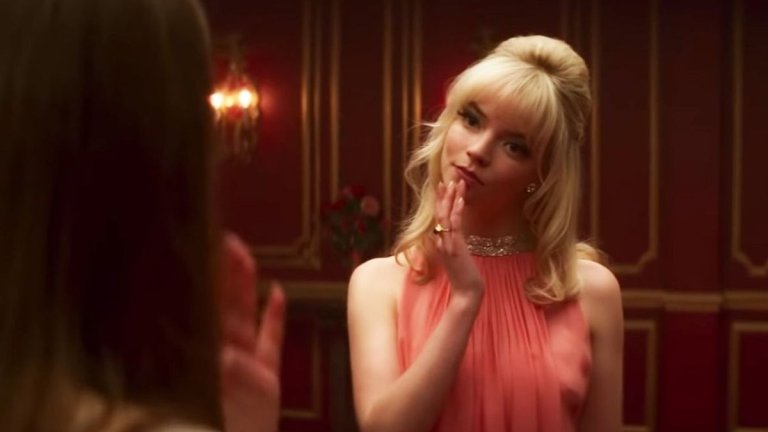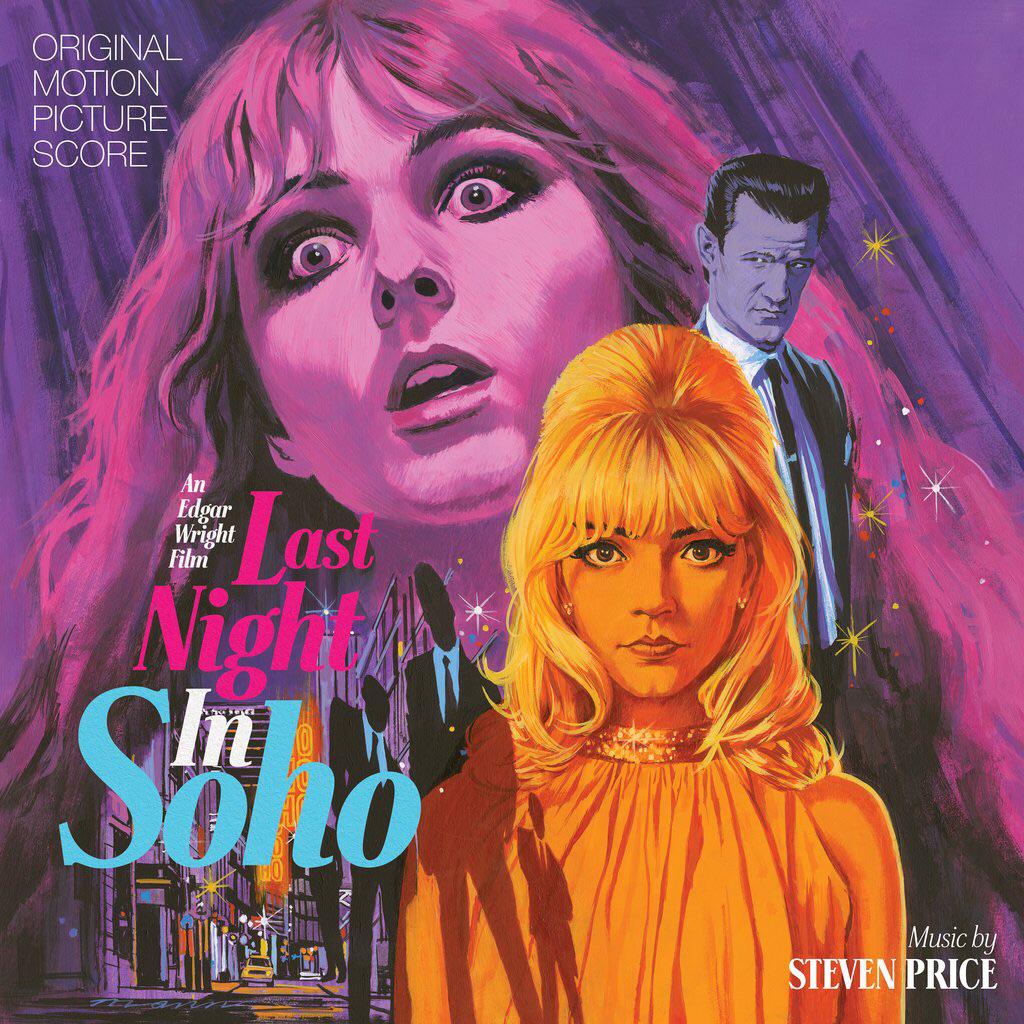By Ermioni Pavlidou,
Edgar Wright’s new vintage-appealing thriller is out in theatres for a while now, and the audience’s reaction is not quite clear. People’s opinions differ, reviews are mixed, hence it could be considered a controversial release of 2021. The British filmmaker is known for his surreal depictive choices with films such as Scott Pilgrim vs The World and Baby Driver. What he tries to show over this tale is the grim and dimly lit moments, entailed by some dismal notions of a period attached to show business, and the even darker paths designed for women by men; that are ignored when looking back in the idealization of bygone eras. Is the message deployed? In my opinion, yes; the condemnation of the melancholia of an age some have not even lived in or have easily forgotten and assembled back in a beautified version is prominent throughout the whole movie. My issue with it was how it gradually lost its coherence in its narration. Spoilers included!
How the night started and how it ended
The story begins with Eloise Turner (Thomasin McKenzie), an aspiring fashion designer student who moves to London to pursue her ambitious dreams. She moves into an apartment in Soho with an old-fashioned landlady, Miss Collins (Diana Rigg), and has peculiar dreams about a glamorous girl, Sandie (Anya Taylor-Joy), who is trying to become a star singer in the 1960’s London nightclubs. She is enchanted by the fancy atmosphere captured in a whirlwind of immaculate cinematography and how everything is even better than how she imagined it, as she already loves things about the ’60s — first and foremost, the music. The costumes are very detailed, every shot is well-thought and precisely taken, and the scenery is impeccable. The essence of a romanticized point of view about older times is apparent and people act like caricatures from a utopic and improved version of an era, playing into an idealized fantasy. This, however, happens only in the first dream, stemming from Eloise’s deceiving idea about a time with hidden stomach-clenching secrets. Soon, a catastrophic ultimatum emerges from a once thought glamorous lifestyle.

“If you want to succeed, you have to do it. Everybody’s doing it!”. The harsh, lurking reality of said time reveals itself gradually and cryptically in Eloise’s next visions. There are mirror parallel shots that show them both in the 60’s scene, implying that Eloise identifies with Sandie in a certain level of determination and aspiration. In just one dream’s time, Jack (Matt Simons), the charming man that Sandie was dancing with at the club, who promised would help her succeed, becomes a misogynist procurer who forces her into a notorious, frightful path stripping her of her dignity and her right to have a choice — and that is the theme of the movie. It is circled by Eloise’s life that is crumbling after these disturbing nightmares that become also visions of her day, with shadowy figures reaching to grab her and haunting her around. It is the main argument, and point, that supports that the past is not what is depicted in songs or in quick edits in romantic movies, therefore that nostalgia often expressed by people is unsymmetrical and does not include important aspects of contemporary life, like the #MeToo Movement that the movie tries to depict to the viewer.
The decline of the storytelling and how the essence is lost in its illustration
So, what went wrong? At which point came the downhill of the story? In actuality, some elements of the plot were either overlooked or poorly explained. Eloise’s metaphysical ability, which resembles a mental illness, is blurry as to how it is approached, especially how it is conclusively “cured”. Although this scene shows redemption and a healing process offering closure, it comes to an unexplained happy ending that feels forced. There were also some stereotypical portraits of people: the “mean girl” who makes Eloise move out of the university’s dorms. Generally speaking, the third act of the movie, which follows the beautifully laid out start of the rotten fantasy, is the weakest part of the movie. The plot twists —set with carefully placed foreshadowing “no boys after 8 o’clock”— that the specific part of the movie offers are satisfactory (Sandie was the old landlady, who killed the men who abused her and made her soul die), yet the confrontation scene when Sandie is literally burning chaos with a lot of unanswered questions. What happened to the poison that Eloise drank, and why did it not kill her?

However, the main contradiction of the plot was John’s character (Michael Ajao). He is Eloise’s love interest that tries exceedingly much to be with her and “help her” without sufficient explanation, as he barely knows her. He is presented as the nice guy and “not like the other men” in the movie (even the creepy taxi driver), which kind of defeats the story’s purpose. Especially when, at the end of the movie, Sandie goes out of character and sacrifices herself, while telling Eloise to save John, who she —herself— had previously stabbed. Surely it was not the director’s intention for it to play this way, but that character was not handled cautiously.
All in all, Last Night in Soho is a visual masterpiece, whose story got a little lost in its flashy neon lights. Even with its inconsistencies in the scenario, it has captivating photography and a greatly fitting soundtrack that makes the viewers fall in love with the idea of London in the ’60s to be very quickly appalled by it.
You can listen to Last Night in Soho‘s songs at the following link on Spotify.
References
- ‘Last Night in Soho’ Review: Dream Girls, nytimes.com, Available here
- Last Night in Soho review – a deliciously twisted journey back to London’s swinging past, theguardian.com, Available here
- Για Πες Καμιά Ταινία, Last Night in Soho #62 (podcast), Spotify, Available for listening here




